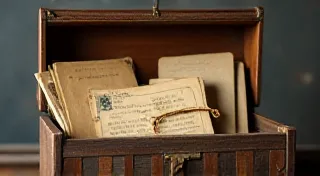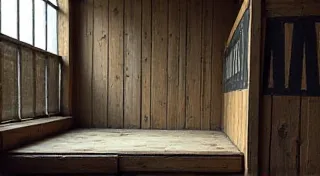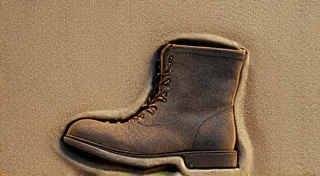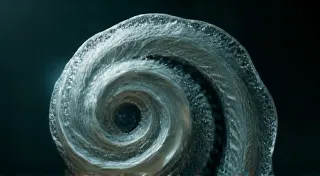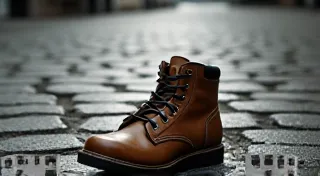The Weight of Time: Analyzing the Durability of Vintage Sewing Feet Materials
There's a tangible magic to holding an antique sewing machine foot. It’s not just a small piece of metal, but a tiny, perfectly engineered relic of a bygone era. Imagine the hands that shaped it, the countless garments it helped create, the stories woven into every stitch. We, as collectors and enthusiasts, are stewards of these small treasures, and understanding the materials that comprise them – and how those materials have stood the test of time – is crucial to appreciating their value and ensuring their preservation.
My own fascination began with a Singer 201. It was my grandmother’s, a machine she used to create dresses for my mother and me. The accompanying feet, though worn, retained a quiet dignity. I felt compelled to understand *why* they felt so different from the plastic and aluminum feet I’d grown accustomed to in modern machines. The answer, I discovered, lay in the choice of materials, and the incredible skill applied to their shaping.
The Reign of Steel: Early Feet and Their Resilience
The vast majority of vintage sewing machine feet produced prior to the mid-20th century were crafted from various grades of steel. This wasn't the stainless steel we know today; it was often high-carbon steel, a material prized for its strength and hardness. Think of the industrial revolution: steel was *the* material. It was the foundation of progress, and sewing machines were a part of that. These early steel feet demonstrate remarkable durability. While they can show signs of wear – rounding of the edges, slight pitting from oxidation – many remain perfectly functional over a century later.
The inherent hardness of the steel meant these feet resisted deformation. They wouldn't flex or warp under pressure. However, this hardness also presented challenges. Early manufacturing processes often involved considerable hammering and forging, which could introduce internal stresses within the metal. These stresses, while not immediately apparent, could contribute to cracking over time, especially if the feet were subjected to significant bending or impact.
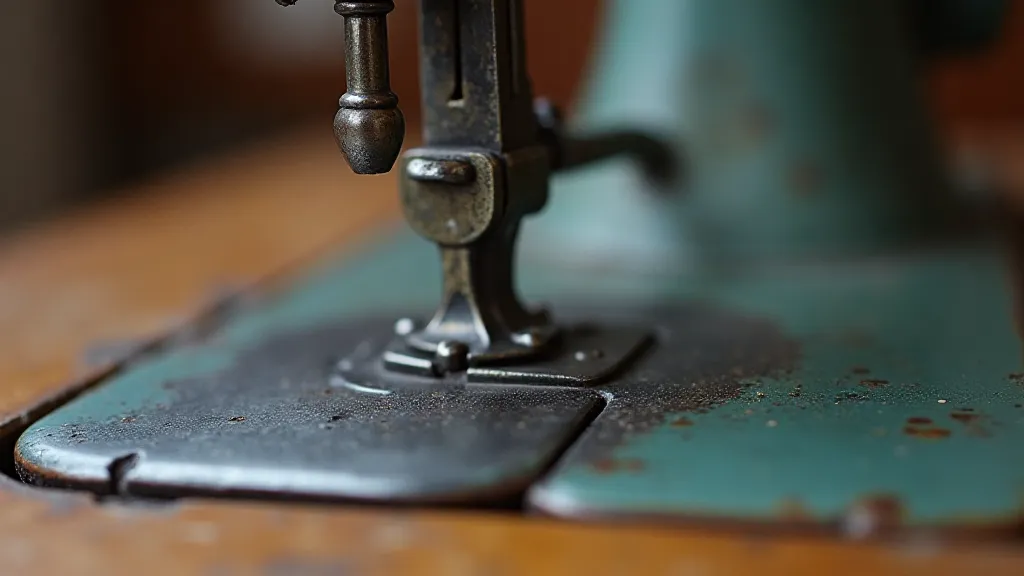
The Rise of Bronze: A Moment of Elegance and Utility
Bronze, an alloy of copper and tin, appeared relatively frequently in vintage sewing machine feet, particularly in the late 19th and early 20th centuries. It’s a fascinating material – softer than steel, but possessing excellent corrosion resistance. Bronze feet often appeared on machines geared toward more delicate fabrics, or for specialized functions like buttonholes. The warmth of the metal, both visually and tactilely, added a touch of elegance to the sewing experience.
Bronze’s ductility made it easier to cast and shape compared to steel, which was an advantage for intricate foot designs. However, bronze is significantly softer than steel, and therefore more prone to wear. It can be polished to a gleaming shine, but that polishing process gradually removes material, shortening the foot’s lifespan. The reddish-brown patina that develops on bronze over time is a testament to its interaction with the environment, a visual record of its passage through history.
The Introduction of Brass: Functionality and Cost-Effectiveness
Brass, an alloy of copper and zinc, followed bronze and steel as a common material. It offered a balance of properties: relatively easy to cast, resistant to corrosion, and more affordable than bronze. Brass feet often appeared on mid-range sewing machines, providing a cost-effective solution without sacrificing too much in terms of durability.
However, brass’s lower melting point compared to steel and bronze means it can be more susceptible to damage from heat. Prolonged use at high speeds, or encounters with hot iron, could potentially warp a brass foot. It also isn’t as hard as steel and is therefore more prone to wear, though this is often negligible for typical household use.
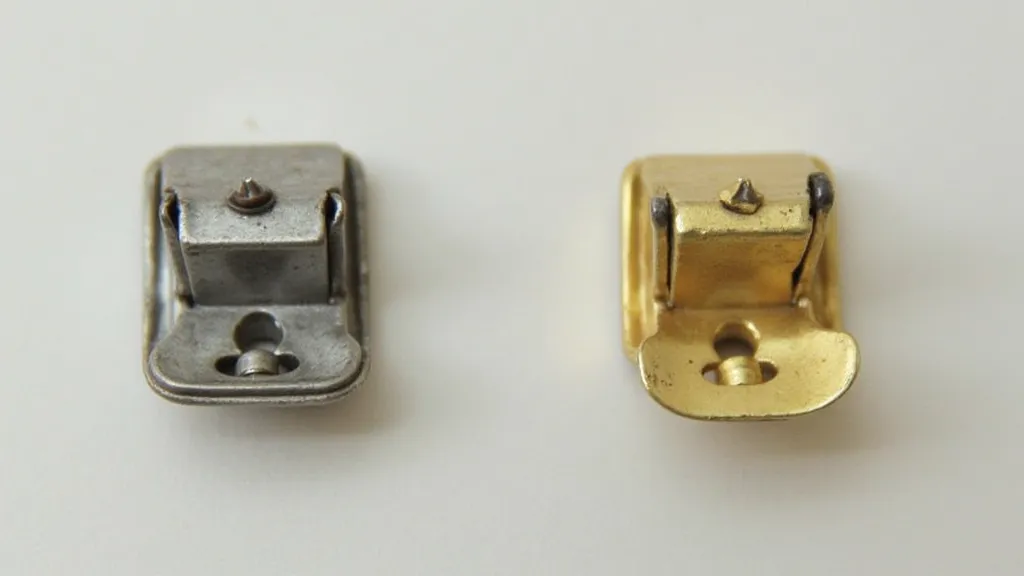
The Rise of Aluminum and Modern Materials
The mid-20th century brought a shift in materials. Aluminum began to be incorporated into sewing machine feet, largely driven by cost savings and the desire for lighter components. Aluminum’s lower density meant it could be used to create larger or more elaborate feet while still maintaining a relatively low weight.
While aluminum is a good material for certain applications, it lacks the inherent strength and durability of steel, bronze, or even brass. Aluminum feet are more prone to bending, cracking, and corrosion. The widespread adoption of aluminum also reflected broader trends in manufacturing—a move toward mass production and lower production costs, even if it meant compromising on quality. Today, we see plastics and composite materials increasingly used, often prioritizing ease of manufacture and cost over long-term durability.
Restoration and Appreciation: Understanding the Materials
For collectors and restorers, understanding the materials used in vintage sewing machine feet is essential. Knowing that a foot is bronze, for example, informs the appropriate cleaning and polishing methods. Aggressive polishing can quickly remove material from a brass foot, while a more gentle approach is required for a steel foot to avoid etching or damage. Similarly, identifying signs of corrosion, like pitting on a steel foot or a darkening patina on a bronze foot, allows for targeted restoration efforts.
Beyond the practical considerations, there's a deeper appreciation that comes with recognizing the quality and craftsmanship embodied in these antique feet. They're a tangible connection to a time when objects were built to last, and when the skill of the maker was valued above all else. The slight imperfections, the subtle wear patterns – these aren't flaws, but rather the marks of a life well-lived, a testament to the enduring legacy of these small, but mighty, tools.

Collecting and Preservation: A Legacy in Miniature
The study of vintage sewing machine feet isn’t just about technical analysis; it's about preserving a small piece of history. By understanding the materials, appreciating the craftsmanship, and caring for these objects, we ensure that future generations can experience the magic of antique sewing machines and the stories they hold within their tiny, beautifully engineered feet.
